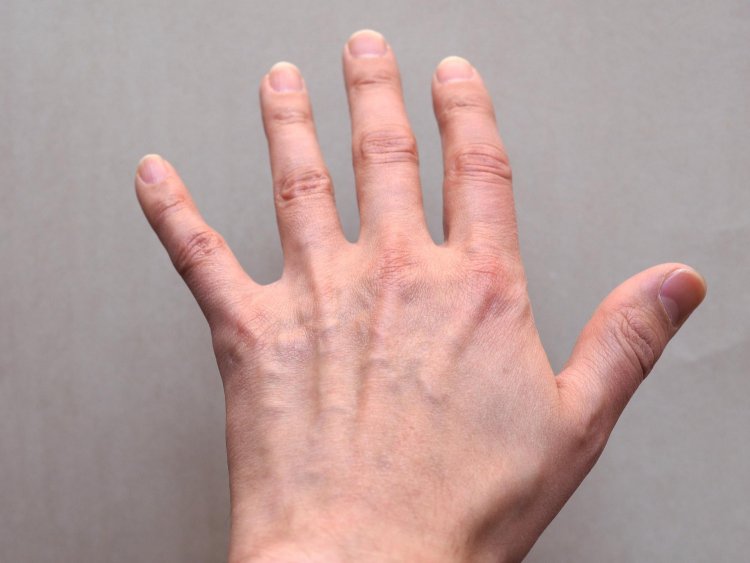Buerger's Disease: A Comprehensive Review
Buerger's Disease, also known as Thromboangiitis Obliterans, is a rare but severe vascular condition characterized by inflammation and clotting in small and medium-sized arteries and veins of the extremities. This comprehensive review discusses the clinical manifestations, underlying causes, diagnostic methods, and current treatment strategies, providing an in-depth understanding of Buerger's Disease.

Buerger's Disease predominantly affects young male smokers and leads to significant morbidity due to ischemic complications in the limbs. The exact pathophysiology remains unclear, but its strong association with tobacco use highlights the importance of lifestyle factors in its development and management.
Clinical Manifestations
The symptoms of Buerger's Disease are progressive and often debilitating:
Claudication
- Description: Intermittent pain in the legs or arms triggered by physical activity.
- Mechanism: Reduced blood flow due to vessel occlusion causes ischemia during exertion.
Rest Pain
- Description: Severe pain in the extremities even during periods of rest.
- Mechanism: Persistent ischemia and nerve involvement cause continuous pain, often exacerbated at night.
Ulcers and Gangrene
- Description: Non-healing sores and tissue necrosis, particularly on the fingers and toes.
- Mechanism: Chronic lack of blood supply leads to tissue death and increased risk of infection.
Raynaud's Phenomenon
- Description: Episodes of color changes in the fingers and toes (white, blue, red) in response to cold or stress.
- Mechanism: Vasospasm and impaired blood flow in response to external triggers.
Superficial Thrombophlebitis
- Description: Inflammation and clotting in superficial veins, often presenting as tender, red streaks.
- Mechanism: Inflammation extends to superficial veins, causing localized pain and swelling.
Etiology and Risk Factors
The precise cause of Buerger's Disease remains elusive, but several factors are strongly implicated:
Tobacco Use
- Role: Almost universally present in affected individuals, suggesting a direct toxic effect on blood vessels.
- Mechanism: Tobacco chemicals may trigger an inflammatory response in the vascular endothelium.
Genetic Predisposition
- Role: Genetic factors may influence susceptibility, though specific genes have not been definitively identified.
- Mechanism: Family history of the disease may indicate a hereditary component.
Autoimmune Mechanisms
- Role: Immune system dysregulation may contribute to the inflammatory process.
- Mechanism: Autoimmune reactions against vascular components could promote inflammation and thrombosis.
Diagnostic Evaluation
Diagnosis is primarily clinical but supported by various tests to rule out other conditions and confirm the disease:
Patient History
- Focus: Detailed history of smoking, symptom onset, and progression.
- Importance: Smoking history is crucial for diagnosis.
Physical Examination
- Focus: Checking for signs of vascular insufficiency, such as weak or absent pulses.
- Importance: Physical signs support clinical suspicion.
Angiography
- Description: Imaging to visualize blood flow and detect blockages.
- Findings: Corkscrew-shaped collateral vessels and segmental occlusions are characteristic.
Biopsy
- Description: Tissue sampling from the affected area.
- Findings: Inflammation, thrombosis, and no evidence of atherosclerosis confirm the diagnosis.
Blood Tests
- Description: Used to rule out other conditions like autoimmune diseases.
- Findings: Typically normal, helping to exclude other causes of vascular inflammation.
Management and Treatment
Effective management of Buerger's Disease involves a multidisciplinary approach:
Smoking Cessation
- Importance: The most critical intervention; cessation can stop disease progression.
- Support: Counseling, nicotine replacement therapy, and medications.
Medications
- Vasodilators: Improve blood flow by dilating blood vessels (e.g., iloprost).
- Antiplatelet Agents: Prevent clot formation (e.g., aspirin).
- Pain Management: NSAIDs or opioids for severe pain.
Surgical Interventions
- Bypass Surgery: Creates a new pathway for blood flow around blocked vessels.
- Sympathectomy: Surgical interruption of nerves to relieve pain and improve blood flow.
- Amputation: Necessary in cases of severe gangrene to prevent infection spread.
Wound Care
- Techniques: Proper cleaning, dressing, and antibiotic therapy for infected ulcers.
- Goal: Promote healing and prevent complications.
Lifestyle Modifications
- Exercise: Regular, moderate exercise to enhance circulation.
- Cold Avoidance: Protect extremities from cold exposure to prevent vasospasm.
Conclusion
Buerger's Disease is a challenging condition primarily associated with tobacco use, leading to significant vascular and ischemic complications. Early diagnosis and strict smoking cessation are paramount in managing the disease and preventing progression. Further research is needed to fully understand the disease mechanism and develop more effective therapies.
Disclaimer
The information provided in this article is for educational purposes only and should not be considered medical advice. If you have any health concerns or are experiencing symptoms, it is important to consult with a healthcare professional, such as a doctor or clinic, for proper diagnosis and treatment. Always seek the advice of your doctor or other qualified health provider with any questions you may have regarding a medical condition. Do not disregard professional medical advice or delay in seeking it because of something you have read in this article.
Hashtags
#BuergerDisease #VascularHealth #SmokingCessation #HealthTips #MedicalAdvice
What's Your Reaction?





















